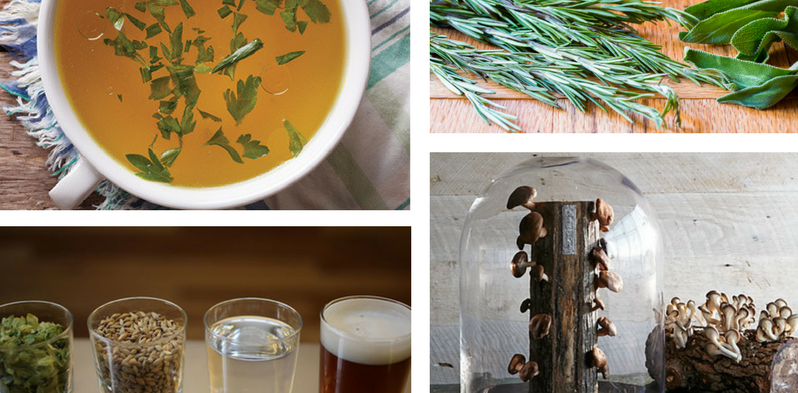When it comes to the old ways, you can’t get much closer to traditional practices than with the DIY preparation and preservation techniques of homesteading. The homesteading movement is centered on self-suficiency, which can be traced back to the beginning of any cultural diet. Learn more about the history of homesteading, and read our seven easy ways to try out homesteading on your own.
The Movement
In the United States, the homesteading movement has evolved throughout history. It derives its name from the Homestead Act of 1862, which granted federal land to citizens in an effort to encourage expansion westward. Applicants paid a small fee and then agreed to live on and work the land for I’ve years, after which they received an ownership title for it. A century later, homesteading was synonymous with the back-to-the-land counterculture of the 1960s. Today, it is a smaller-scale social movement that encourages self-subsistence and DIY food and agricultural practices as a response to large-scale production methods, and to reduce waste and increase sustainability.
Making and preserving your own food is a return to the oldways that we are very fond of. However, you don’t need to go west or buy your own farm to be a homesteader. It can be as simple as growing heirloom vegetables or fermenting your own sauerkraut. No matter what you choose to make, homesteading is a way to enjoy local, seasonal flavors and preserve them traditionally while avoiding the high levels of salt and sugar in processed foods common in the standard American diet.
7 Easy Ways to Start Homesteading
- Plant herbs or vegetables. Whether you have a big backyard, a balcony or deck, or just a little space on a window sill, you can grow something for yourself! Try herbs such as basil or parsley, or a small pot of tomatoes.
- Try pickling or fermenting. Infuse your diet with unique, homemade flavors by pickling or fermenting your own vegetables. Fermented foods are good for your gut, and we can help get you started with this recipe for curtido.
- Bake your own bread. Change up your sandwich bread routine by trying your hand at making fresh, whole grain bread. And you don’t have to limit yourself to traditional loaves. The Oldways Whole Grains Council has compiled videos on everything from crackers to pizza dough!
- Make nut butter. Nuts are a healthy component of traditional diets, and there are more ways to enjoy them than eating them raw. Try replacing your peanut butter with a range of nut butters you can even customize the flavor to suit your preference.
- Explore a new traditional diet. Every traditional cultural diet is based on our ancestors eating seasonally and sustainably while enjoying nutritious and flavorful food. Oldways provides you with historical background and resources to get you started with I’ve traditional diets.
- Teach a cooking class. One of the best ways to support Oldways and the homesteading techniques of traditional diets is to teach others how to prepare their own ingredients and cook from scratch. One great example is our A Taste of African Heritage cooking and nutrition class series.
- Curl up with a book. Still curious about different homesteading techniques In addition to classes, there are a variety of books available to get you started. To name just two, read about the history behind historical diets in The Oldways Table, or enhance your DIY skills with the Do-It-Yourself Cookbook.







Leave a comment